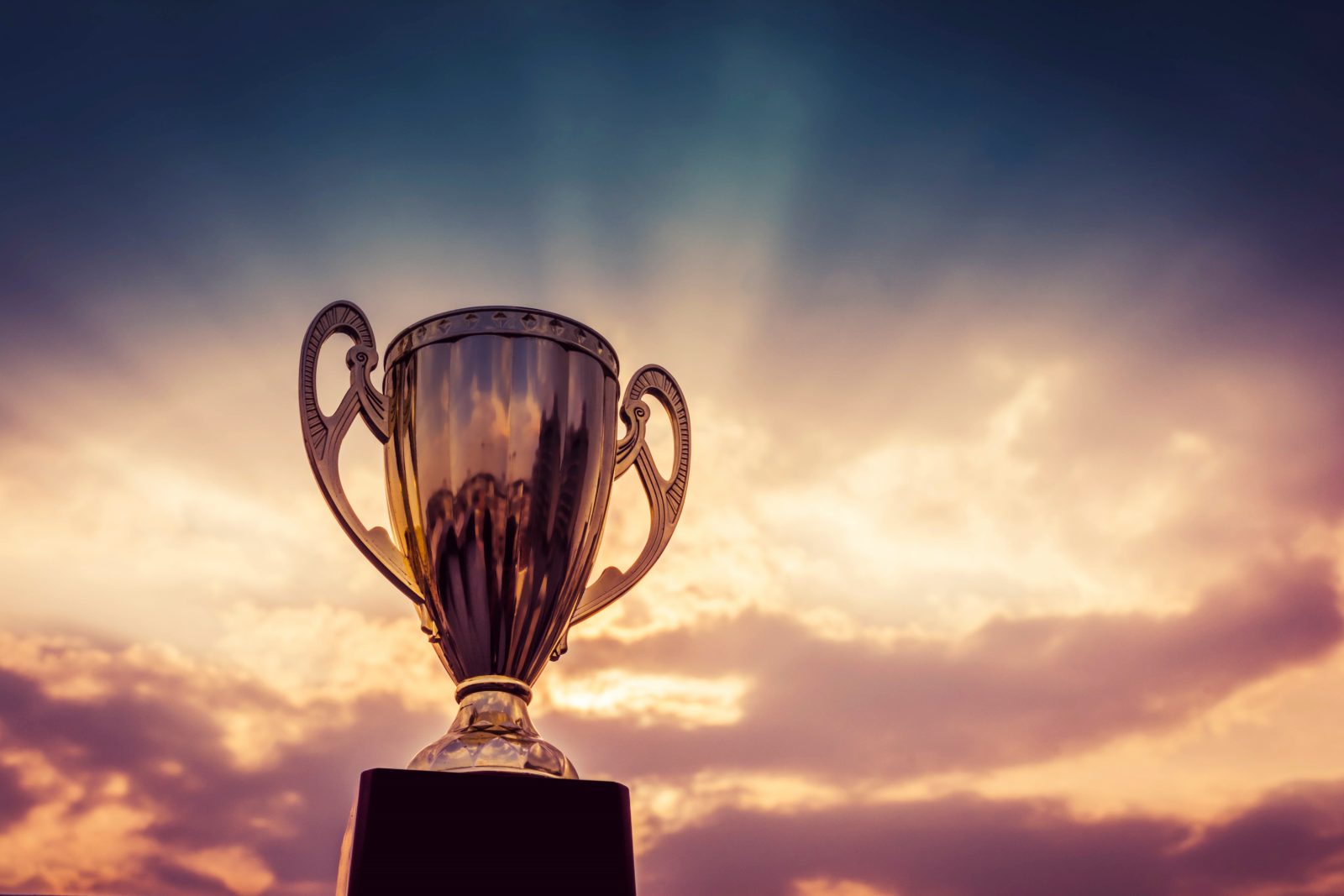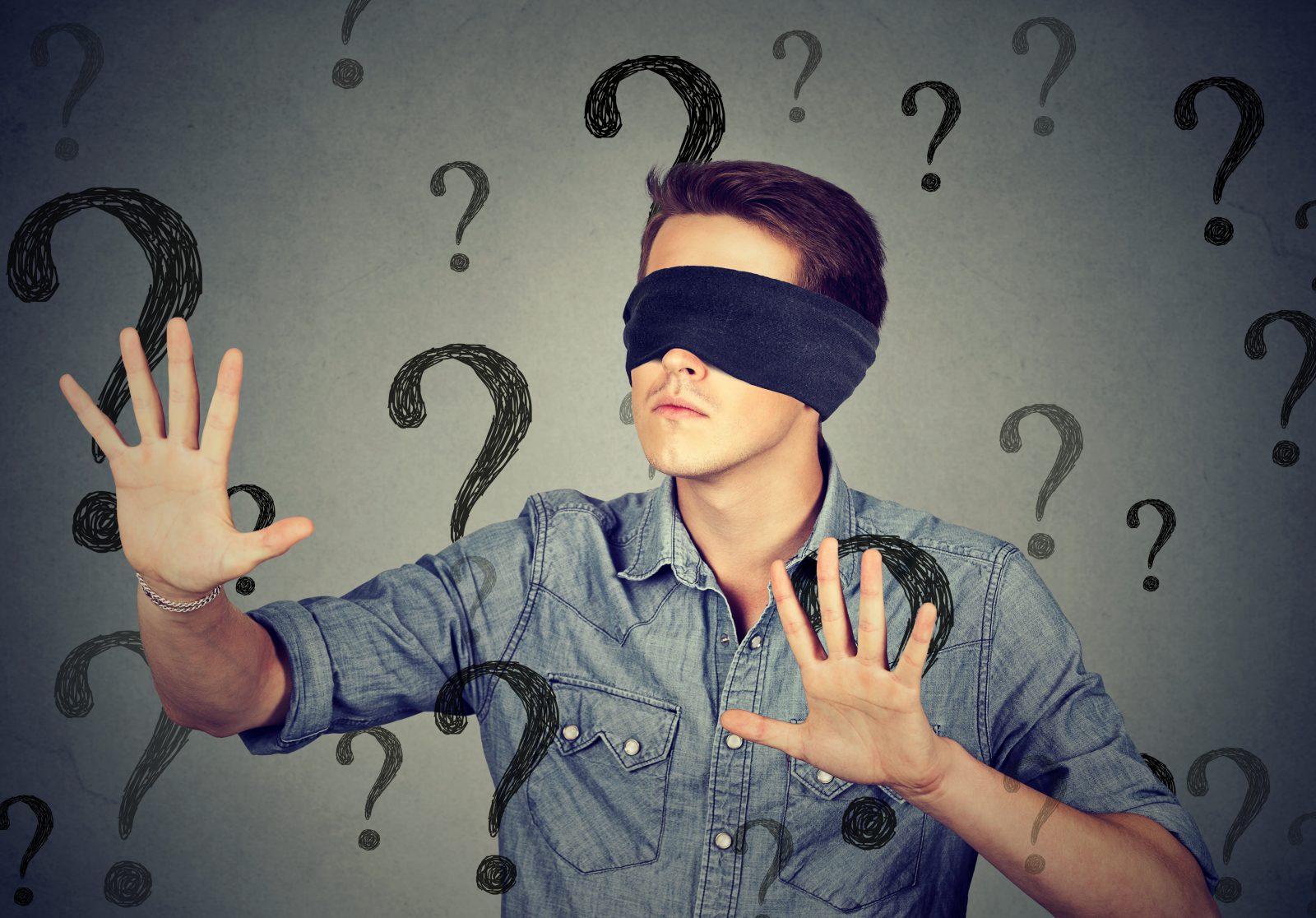


Mama Bear Apologetics Takes on Atheist Richard Dawkins
Today’s ID the Future puts atheist Richard Dawkins’s book Outgrowing God under the microscope and reveals multiple ways his argument smashes up against contrary scientific evidence. Walking us through the critique are author and Mama Bear Apologetics founder Hillary Morgan Ferrer and her co-host, Amy Davison. Dawkins invokes the beautiful order evident in the murmuration of bird flocks as evidence that complexity can evolve from simple algorithmic rules. But Ferrer explains why the phenomenon of bird murmuration doesn’t even begin to approach what we find when sophisticated engineering order emerges in the growth of embryos. Ferrer also considers the challenges of re-engineering sperm thermoregulation to move from how it works in marine life to how it works in land animals. For a blind process to traverse this evolutionary pathway while maintaining viability at every stage would require—to adapt a line from Alice in Wonderland—six hundred impossible things before breakfast. What about evolving something simpler, such as the bilayer cell membrane, essential for cellular life? No, Ferrer argues. It’s also far too sophisticated to have evolved through a blind evolutionary process. What is needed is the foresight that comes with intelligent design. Tune in to hear Ferrer and Davison rebut these and other pro-evolution arguments from Richard Dawkins. This episode of the Mama Bear Apologetics podcast is reposted here with permission. To read more from Ferrer and some of her Mama Bear colleagues, pick up their bestselling book Mama Bear Apologetics: Empowering Your Kids to Challenge Cultural Lies.

A Neurosurgeon and an Engineer Explore Your Designed Body
On today’s ID the Future, neurosurgeon Michael Egnor hosts systems engineer Steve Laufmann, author with physician Howard Glicksman of the new book Your Designed Body. Egnor makes the surprising confession that his medical library is full of engineering texts because at some point he discovered that engineering texts, and engineering principles, often shed more light on human physiology than did his physiology books. Egnor, then, is extraordinarily well prepared to interview Laufmann about the amazing engineering of the human body. Tune in for Part 1, and stay tuned for Parts 2 and 3.

Casey Luskin on Why He Favors ID over Theistic Evolution
Today’s ID the Future continues intelligent design theorist Casey Luskin’s conversation with Apologetics 315 podcast hosts Brian Auten and Chad Gross. Here in Part 2, Luskin give a peek behind the scenes of ID 3.0, the current research program inspired by the intelligent design framework. Luskin is then asked to explain his reservations about theistic evolution, and Luskin points out the evidential, rhetorical, and logical problems he sees with the brand of theistic evolution advocated by Francis Collins and Biologos. What about the future of the intelligent design movement? Luskin says he’s optimistic, both because of the exciting research and publication breakthroughs of late, and because of the many converts he’s seeing to the ID framework. According to Luskin, many of these recruits remain behind the scenes to avoid reprisals from opponents of ID in positions of power, but some top scientists have come out publicly in support of intelligent design, including at least one Nobel Laureate. This episode is presented here with permission from Apologetics 315.

David Galloway: The Fetal Circulatory System is Irreducibly Complex
On today’s ID the Future, distinguished British physician and author David Galloway explains why he’s convinced that the human fetal circulatory system is irreducibly complex and therefore beyond the reach of blind gradualistic evolution to have built. In his conversation with host and fellow physician Geoffrey Simmons, Galloway also mentions some molecular machines that he’s convinced are irreducibly complex and shout intelligent design. The occasion for the conversation is Galloway’s new book, Design Dissected.

A Mousetrap for Blind Evolution, and Larry Moran
Today’s ID the Future concludes our series on A Mousetrap for Darwin, Lehigh University biochemist Michael Behe’s new book on evolution and intelligent design. Here Behe and host Eric Anderson tackle an objection to Behe’s work from evolutionary biologist Larry Moran. Moran says that while the Darwinian process may find it difficult to find any particular solution requiring evolutionary innovation, there are countless possible solutions to a given problem, not just the one solution that evolution did hit upon and that is under investigation. According to Moran, Behe failed to take this into account, a factor that greatly enhances the chances of blind evolution to engineer novel solutions to ecological challenges. Behe counters that Moran’s objection misses the force of the evidence gained from the study of evolution in the malaria parasite and in other microbes. That evidence shows that evolution is extremely limited in what it can achieve, no holds barred, no possible solutions disallowed. Behe also discusses recent research confirming Dollo’s Law, why that’s bad news for Darwinism, and why Behe’s time-symmetric Dollo’s Law spells even bigger trouble for Darwinism.

Intricate Optimized Insect Designs – via Evolution?
On this episode of ID the Future, host Andrew McDiarmid draws on an essay at Evolution News & Science Today to explore some intricate optimized insect designs that are inspiring human engineers and raise the question, could evolution have done that? Cicadas and dragonflies use an exquisitely engineered “bed of nails” on their wings to disarm and neutralize bacteria. Butterflies and bird feathers also use this trick. There are fruit flies that have multiple navigation systems, complete with error correction for hard turns. And the sea skater insect is able to walk on water and launch itself explosively thanks to an impressive combination of engineering marvels. Did evolution really bring all those design factors together? Or was something else required — intelligence and foresight?

Design in a Naturalistic Culture
On this episode of ID the Future, philosopher of science Paul Nelson speaks with host Andrew McDiarmid about pursuing intelligent design theory in a naturalistic culture. Nelson springboards from his appreciation for his University of Pittsburgh mentor Adolf Grünbaum, with whom he shared the kind of friendship that can come from caring deeply about the same things, even if taking different positions on them. He speaks of what it means to hold a minority position, and some of the potential pitfalls that come with holding a majority position — and the danger we can all face of seeking polemical advantage rather than truth.

Coronavirus Response: Design in Nature and Medical Science
On this episode of ID the Future, internal medicine specialist Dr. Geoff Simmons speaks with host Andrew McDiarmid about his recent Evolution News article on the body’s response to the coronavirus, our immune system. It comprises an enormously complex enterprise with adaptive memory for millions of pathogens and the ability to keep on learning more. Researchers study it to learn how to create vaccines for diseases like COVID-19. Their work is one of intelligent design from start to finish. But, Simmons says, we ought to recognize that it starts with studying systems in our bodies that are even more intelligently designed. One might object that if our immune system were intelligently designed, it would be utterly immune to all pathogens, but such an objection makes theological or philosophical assumptions about the proper intentions of any would-be designer of life. The objection also overlooks the fact that we routinely recognize intelligent design in objects that are masterfully designed and yet not invulnerable to attack.

The Venus Flytrap Takes a Bite Out of Darwinism
On this episode of ID the Future, Scotsman Andrew McDiarmid reads from Marcos Eberlin’s recent book Foresight: How the Chemistry of Life Reveals Planning and Purpose. In this excerpt, the distinguished Brazilian scientist highlights the challenge the Venus flytrap poses for evolutionary theory. Dr. Eberlin, the former president of the International Mass Spectrometry Association, describes the problem: The Venus flytrap, like all carnivorous plants, had no use for its insect-trapping function unless it also had an insect-digesting function. And vice versa. Did they really both evolve together? And how when there would be no functional advantage along much of the evolutionary pathway to the sophisticated finished system? Finally, how did this “evolutionary miracle” also happen in four other carnivorous plant genera? (See the Venus flytrap here, as mentioned in the podcast.)